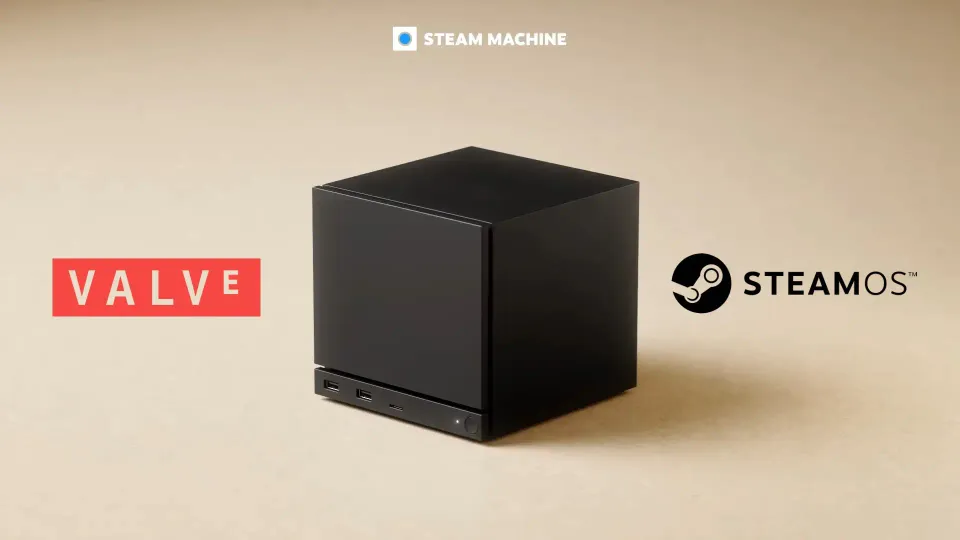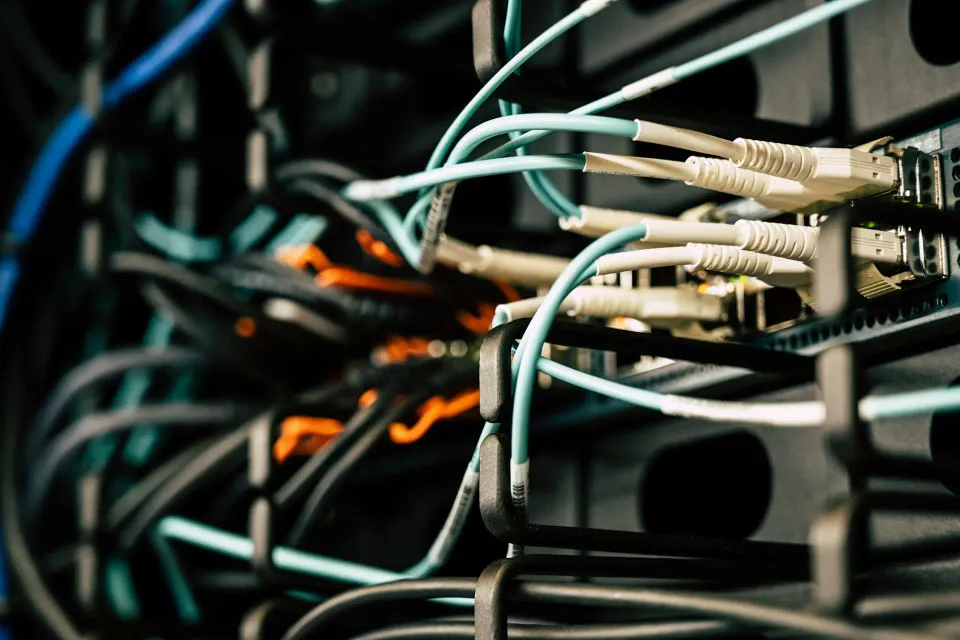China’s Hanyuan-1 and the Rise of Atomic Quantum Computing Pros, Cons, Risks, and What it Means
Hanyuan-1’s commercial debut is a concrete signal that neutral-atom quantum computing is moving from lab demos toward pay-for-use systems with real advantages

China has just pushed neutral-atom quantum hardware into the commercial arena with Hanyuan-1, a 100-qubit neutral-atom system developed by the Chinese Academy of Sciences’ Innovation Academy for Precision Measurement Science and Technology (IPMST) in Wuhan. Hanyuan-1 is notable for operating at room temperature in a compact rack footprint, securing initial commercial orders reportedly worth ~40 million yuan (~US$5.6M) including a delivery to a China Mobile subsidiary and an export order to Pakistan.
Below I break down the technical and strategic advantages, the realistic limits today, and the geopolitical and security risks that follow.
What is Hanyuan-1
- Platform: Neutral atoms (rubidium-type atoms trapped and controlled with lasers) used as qubits, manipulated with optical tweezers and laser pulses.
- Scale & form factor: Reported 100 logical/readable qubits in a system that fits into three standard equipment racks and runs in a normal lab environment (no cryogenics).
- Commercial step: First commercial deliveries and orders reported; vendor emphasizes a domestic supply chain for lasers and optics.
Pros / Advantages
- No cryogenics — much lower operational cost and complexity Neutral-atom systems like Hanyuan-1 avoid the huge cryogenic infrastructure superconducting qubits need. That simplifies deployment, reduces power/maintenance budgets, and lowers barriers for enterprises to host or rent access.
- Hardware scalability pathway The neutral-atom approach naturally supports large, reconfigurable 2D/3D atom arrays. Recent Chinese work arranging >2,000 atoms with AI guidance shows a roadmap toward tens of thousands of qubits if control, coherence, and lasers scale. That physical scalability is attractive compared with some superconducting layouts.
- Commercialization momentum & domestic supply chainsHanyuan-1’s orders and domestic manufacturing of lasers/optics signal China can field end-to-end systems despite Western export controls shortening time from lab prototype to paying customers and building an indigenous industrial base.
- Diverse ecosystem (photonic, superconducting, neutral-atom)China is advancing photonic (Jiuzhang), superconducting (Zuchongzhi series), and neutral-atom paths in parallel a strategic hedge that accelerates practical applications and cross-pollination of techniques.
Cons / Technical limitations today
- Qubit quality vs. algorithmic error tolerance Reported qubit counts don’t automatically translate to fault-tolerant quantum advantage. Neutral-atom coherence times, gate fidelities, crosstalk, and error correction readiness still lag the mature metrics needed for broad, fault-tolerant applications. Scaling atom counts is necessary but not sufficient.
- Specialized application fit Many headline quantum “speedups” (e.g., boson sampling with Jiuzhang) are for narrow mathematical problems. Industrial use cases (chemistry, optimization, ML) require algorithmic development and ecosystem maturity; commercial claims must be judged use-case by use-case.
- Laser and control bottlenecks Scaling neutral-atom arrays depends heavily on ultra-stable, high-precision lasers and optics. Building those domestically is possible (and being done), but it’s technically demanding and may limit short-term performance improvements.
Risks geopolitical, economic, and security
- Strategic competition & export controls The U.S. and allies have imposed export controls on advanced quantum and semiconductor items; China’s push to domestic supply chains mitigates that leverage, creating a more bifurcated global tech landscape and heightening strategic competition.
- Proliferation of sensitive capabilities Quantum computing touches cryptography, sensing, and materials simulation. Faster commercial availability increases the risk that advanced quantum capabilities including cryptanalysis or enhanced detection spread beyond traditional military/scientific actors, raising proliferation concerns and policy dilemmas.
- Market and investment risk Early commercialization can create hype and rapid investment but buyers may face capability mismatches (tooling vs. algorithms) and the risk that competing architectures outpace atomic systems for targeted tasks. Enterprises should evaluate ROI against narrowly defined, tested workloads.
- Dependence on specialized components Even with a domestic supply chain, single-source components (lasers, vacuum tech, detectors) create fragility. Supply disruptions, quality variance, or export countermeasures could still hamper broader deployment.
What this means for industry and policy
- For enterprises: Treat Hanyuan-1 and similar offerings as specialist acceleration resources today promising for prototyping financial models, materials discovery proofs-of-concept, and optimization research, but not yet replacement hardware for classical HPC workloads.
- For researchers: Expect richer cross-platform experimentation (neutral-atom ↔ photonic ↔ superconducting) and growing opportunities for software and error-mitigation research.
- For policymakers: Commercial rollouts accelerate the need for international norms on export controls, dual-use governance, and collaborative standards for cryptographic transition planning.
Bottom line
Hanyuan-1’s commercial debut is a concrete signal that neutral-atom quantum computing is moving from lab demos toward pay-for-use systems with real advantages (room-temperature operation, promising scalability) and equally real caveats (error rates, niche applications, and geopolitical tension). The near term will be defined less by a single “winner” architecture and more by incremental hardware improvements, software ecosystems, and how governments and markets manage strategic risk.
Key sources:
- South China Morning Post: Hanyuan-1 first sales and orders.
- The Quantum Insider / Quantum Computing Report: commercialization context for Hanyuan-1 and China’s quantum cloud offerings.
- Jiuzhang and photonic quantum milestones (USTC papers / summaries).
- Zuchongzhi 3.0 superconducting commercial deployment reporting.
- Reporting on record-breaking large atom arrays (2,000+ atoms) and AI-assisted assembly.




